An Aurora Named Steve
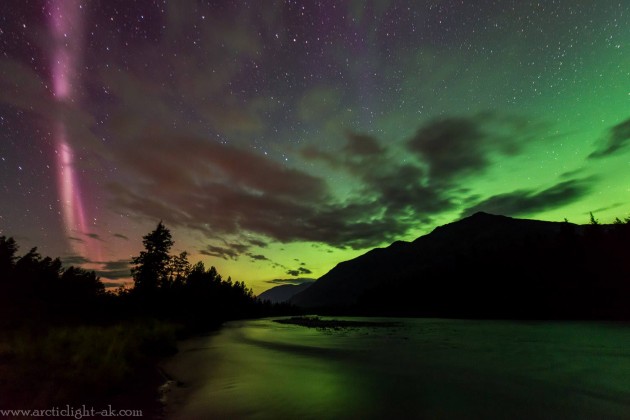
I first saw and photographed this phenomenon on August 21, 2014, while shooting the aurora borealis in Portage Valley of the Chugach National Forest with friend and fellow photographer CJ Kale of Lava Light Galleries in Hawaii. The nature of the phenomenon was notably different compared to the typical aurora borealis. It stood straight up from the horizon with a slight bend like a bow, and it pretty much did not move. It had a pale pink hue, and it arced from the west to the east, forming a curved line across the sky.
The times I have seen and photographed this strange arc in the sky have been in August and April. Calvin Hall, a longtime aurora chaser and photographer, shares this observation as well. Over the past nine years, he has seen a few each year, ” usually quite close to the equinox.” He observes that it “has been parallel to but much further South of a diffused wide band of faint aurora … They were pretty consistently aligned with the magnetic North pole.” In each of the cases where I have photographed it, I have also seen it in conjunction with a diffuse band of green aurora – sometimes very bright, others not visible to the naked eye.
When I first saw this phenomenon, I spent a little time searching about on aurora Facebook group pages, and posted pictures of it, asking for feedback on what it was. The common answer was “proton arc,” while some cautioned against such a label because protons could not be visible. One person in particular, Jason Ahrns, a space physicist with the University of Alaska Fairbanks who happens to photograph the aurora and other space phenomena as well as study them, was particularly adamant it could not be a proton arc.
But this week has been all abuzz about this phenomenon, with a group of aurora chasers in Alberta giving it the name of “Steve.” Several articles have been posted, including one in the New York Times, but my favorite article discusses the role of citizen scientists in helping to document a phenomenon that 15 years ago would have cost up to $300 million to document. This is yet another example of the role of digital photography and social media in chasing the nature of aurora chasing.
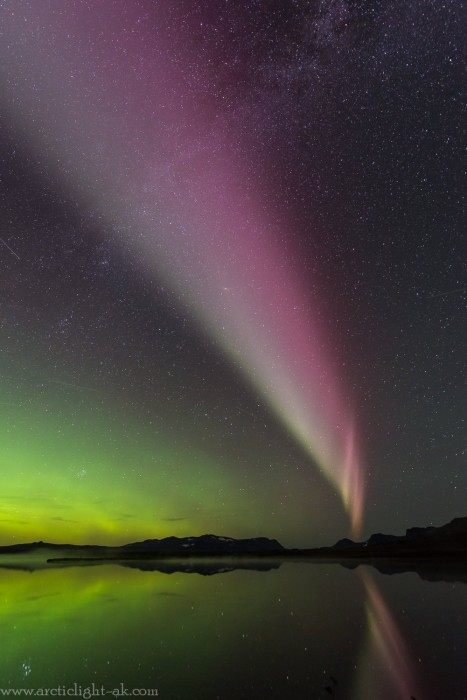
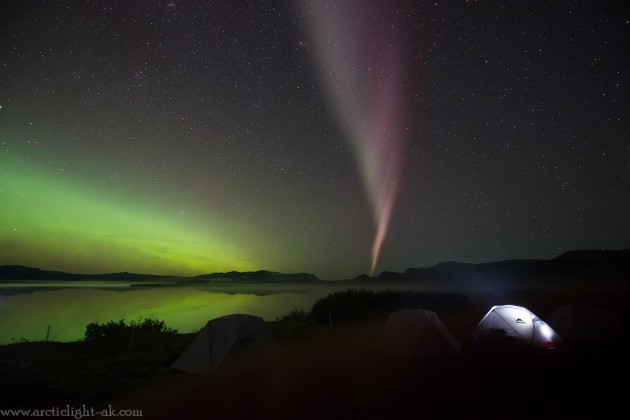
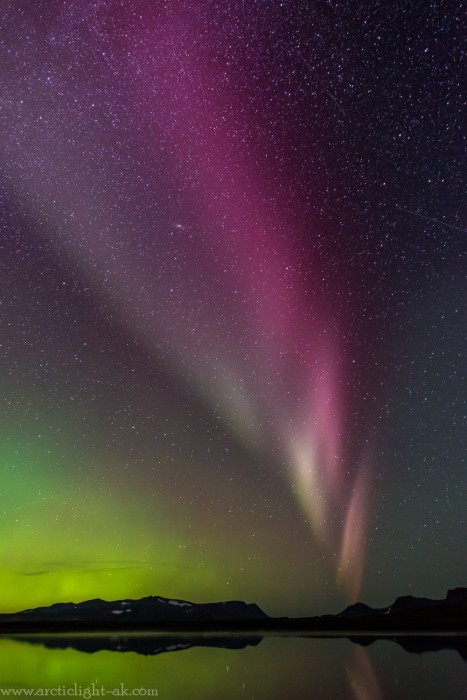
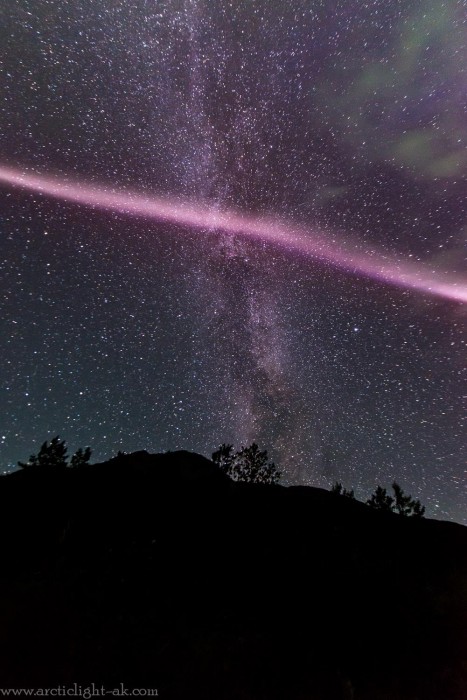
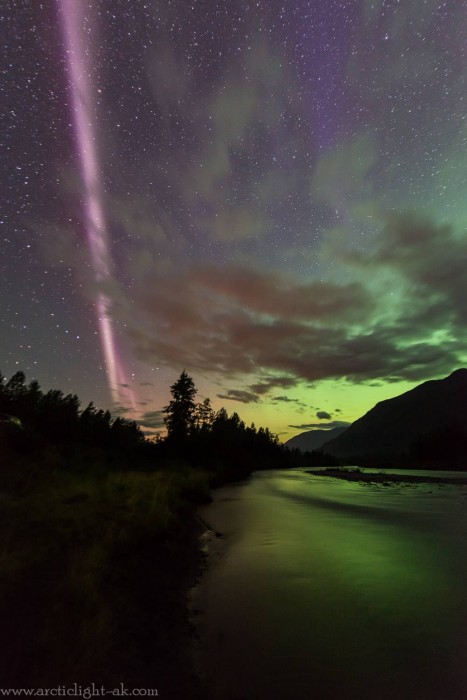
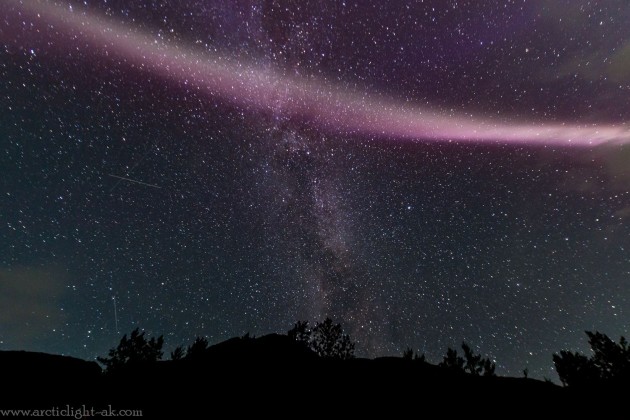
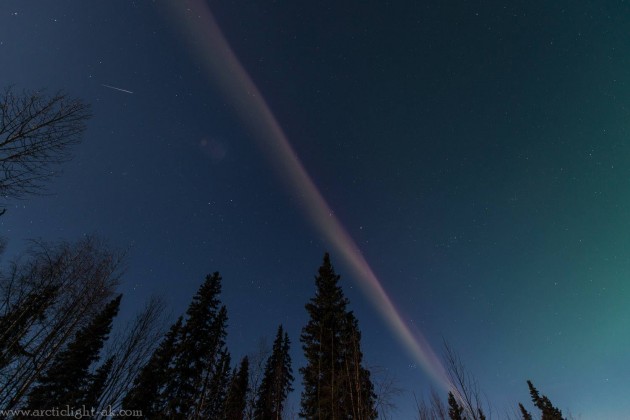
Wow – that’s simply stunning. Thank you.